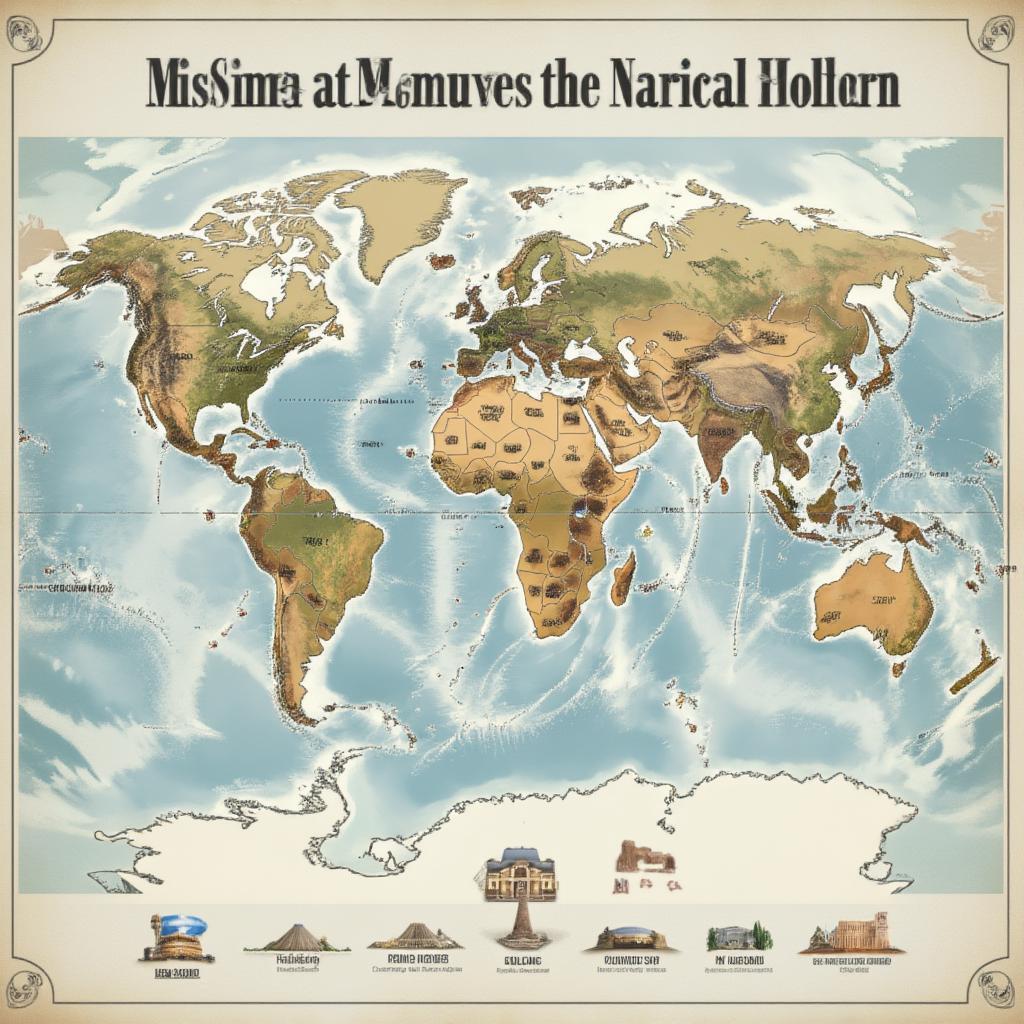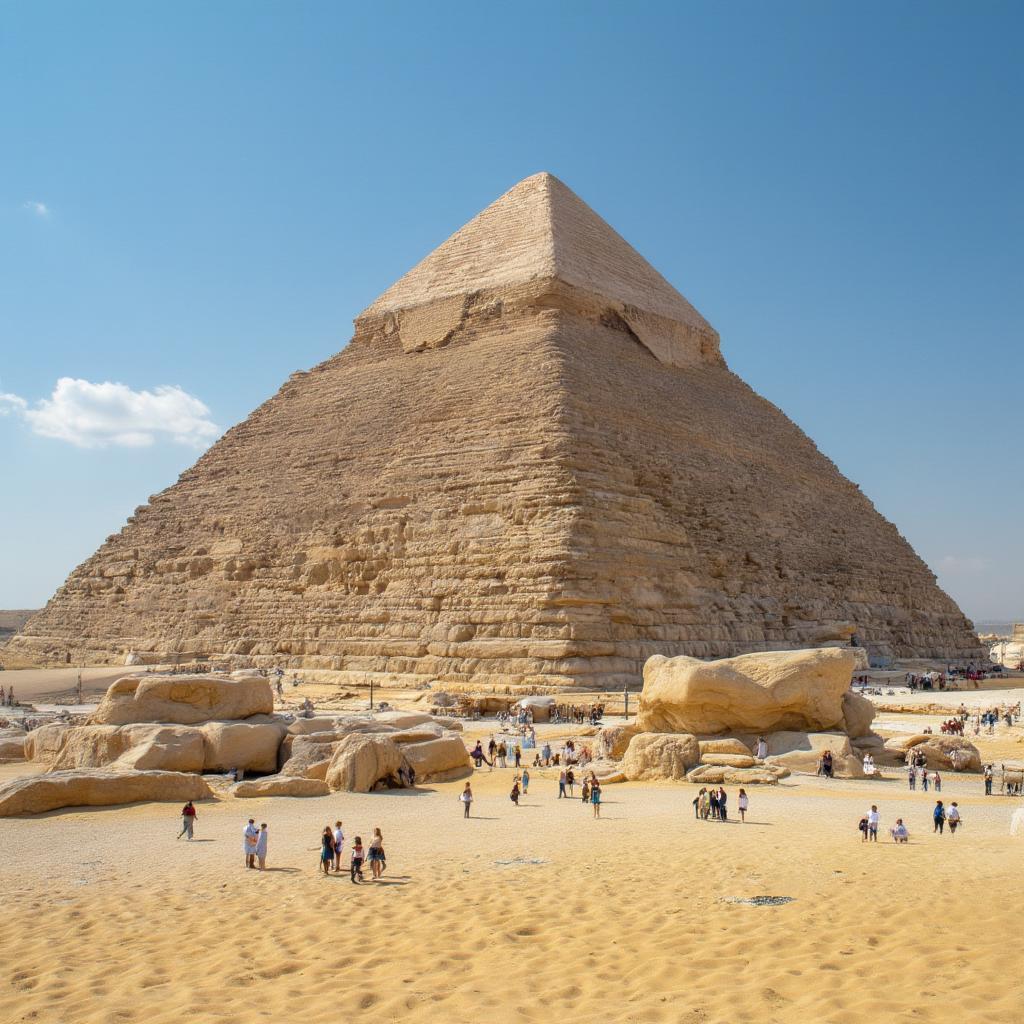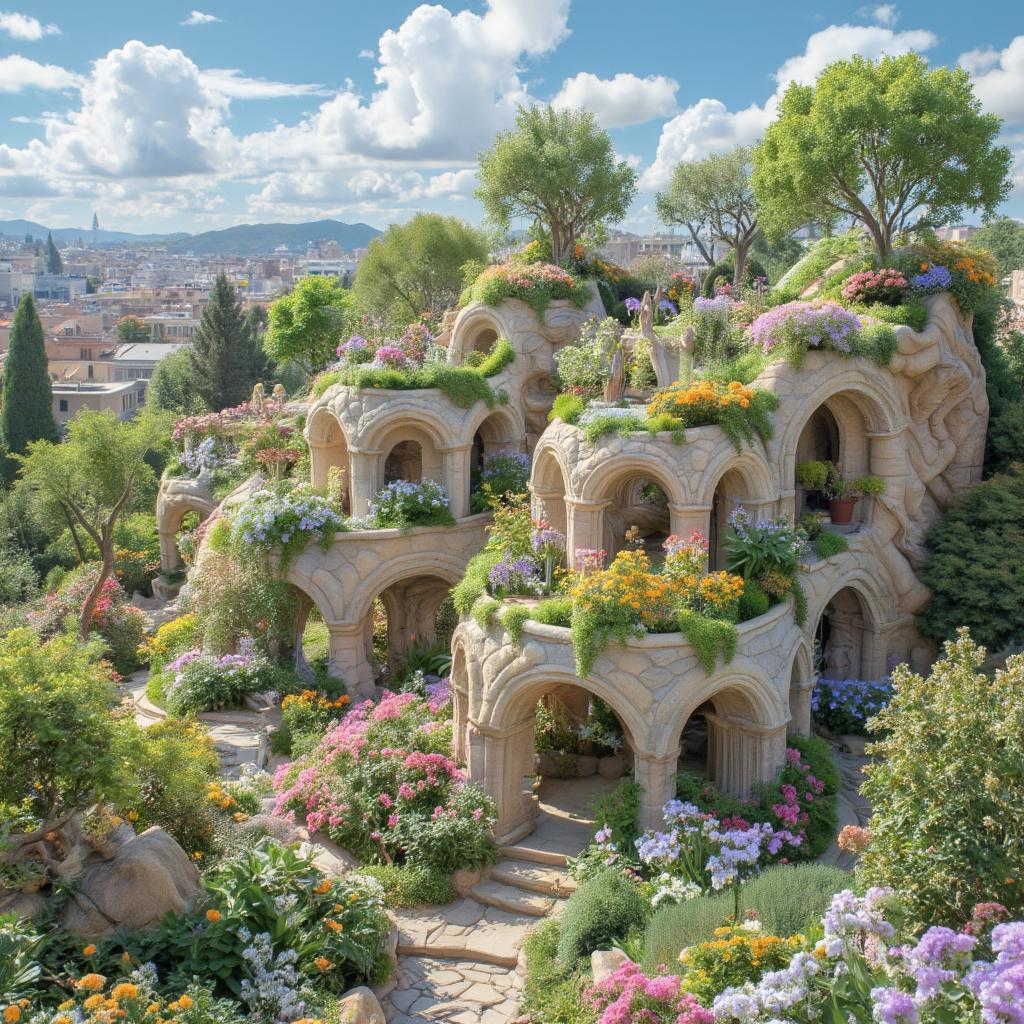The Ultimate Guide to the 7 Wonders of the World Project
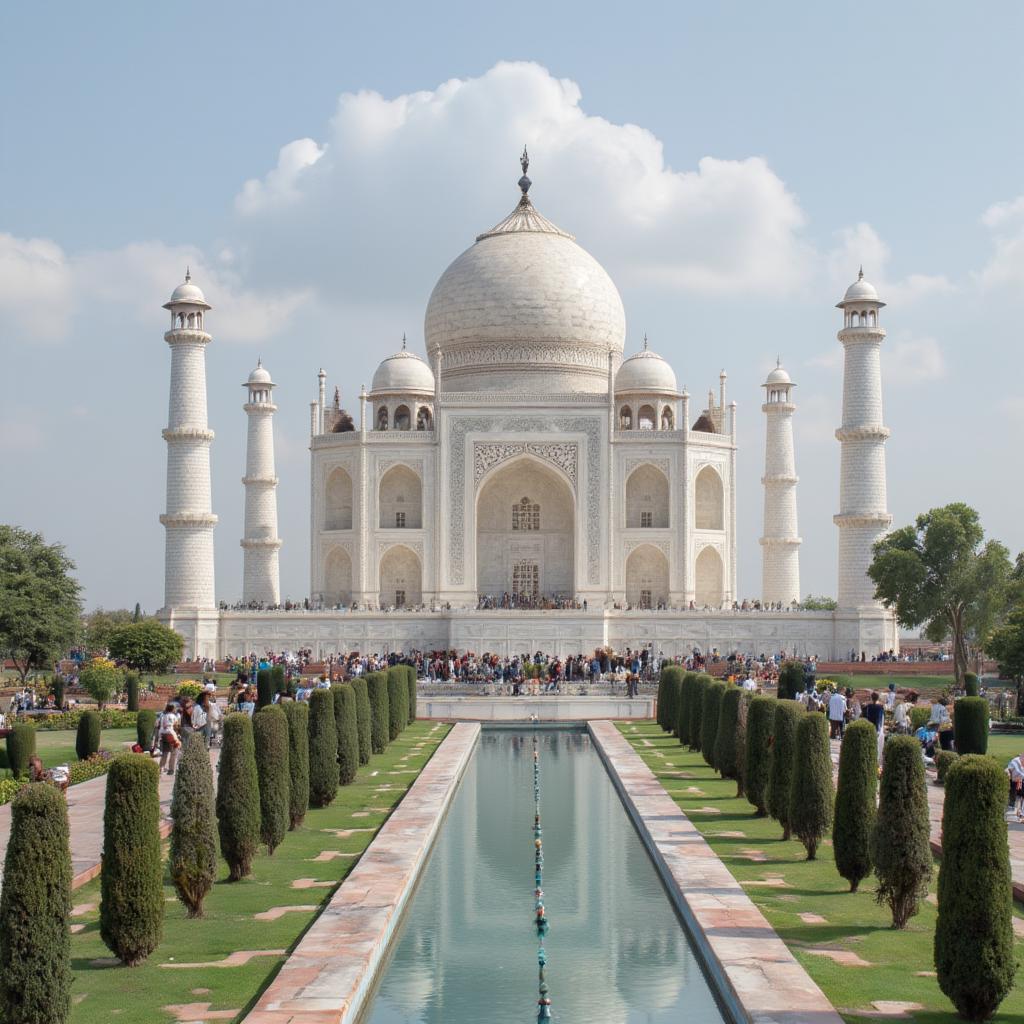
Embarking on a journey to explore the 7 wonders of the world project is like stepping into a time machine, witnessing the zenith of human ingenuity and architectural prowess. These marvels, both ancient and modern, tell stories of civilizations, ambition, and artistic brilliance that continue to captivate us today. What exactly are these monumental structures, and why do they hold such a significant place in our collective history?
What Defines a “Wonder of the World”?
The term “wonder” implies awe-inspiring, almost unbelievable creations, often exceeding ordinary human capabilities. Historically, the concept evolved from the ancient Greeks’ list of the old 7 wonders of the world, structures celebrated for their exceptional size, beauty, or engineering. These included the Great Pyramid of Giza, the Hanging Gardens of Babylon, and the Statue of Zeus at Olympia, among others. Sadly, many of these have been lost to time, earthquakes, or human conflict, leaving only their stories and echoes in the archaeological record.
The Evolution of “Wonders”
The notion of the 7 wonders of the world project isn’t static. Over time, as new cultures rose and new architectural feats were achieved, the list underwent changes and reinterpretations. In 2007, a global poll, organized by the New7Wonders Foundation, resulted in the selection of the “New 7 Wonders,” acknowledging the enduring significance of these sites while incorporating examples from different eras and parts of the world. This modern list includes wonders like the Colosseum, the Taj Mahal, and the Great Wall of China, proving that human innovation continues to shape the world around us. This shows that the pursuit of architectural and cultural marvels is a continuing endeavor.
The Seven Ancient Wonders: A Glimpse into the Past
The old 7 wonders of the world list represents the pinnacles of ancient civilization. From the massive scale of the Pyramids of Giza, which are still standing today, to the fabled and mysterious Hanging Gardens of Babylon, these sites are not just remarkable structures, but also testaments to the beliefs, engineering capabilities, and the artistic vision of those who created them. Although most of the ancient wonders have perished, we can still learn from the remarkable stories surrounding each of them.
- The Great Pyramid of Giza: The last remaining of the ancient wonders, showcasing incredible engineering and still a marvel of ancient Egypt.
- The Hanging Gardens of Babylon: A mythical wonder, an oasis of greenery, created in the harsh desert environment of ancient Mesopotamia.
- The Statue of Zeus at Olympia: An enormous sculpture of Zeus, crafted in gold and ivory, placed in the temple of Zeus in Olympia.
- The Temple of Artemis at Ephesus: A grand temple, known for its marble structure and elaborate artistic decoration.
- The Mausoleum at Halicarnassus: A lavish tomb, so grand it gave the world the term “mausoleum,” designed for Mausolus, a satrap in the Persian Empire.
- The Colossus of Rhodes: A gigantic bronze statue of the sun god Helios, once standing in the harbor of Rhodes.
- The Lighthouse of Alexandria: A towering lighthouse, guiding ships into the busy port of Alexandria, Egypt, using innovative mirror technology.
“The ancient wonders, while many now lie in ruins, represent some of humanity’s first great leaps in engineering and artistic expression. They continue to fascinate us, reminding us that the possibilities of human creativity are boundless,” says Dr. Eleanor Vance, a specialist in ancient architectural history.
The New Seven Wonders: Celebrating Modern Achievements
The 7 current wonders of the world, chosen through a global poll, reflect a broader geographical representation and the variety of human accomplishments. The selected sites highlight not just grand architecture, but also cultural significance and historical impact. These represent the world’s most spectacular sites that remain standing today.
- The Great Wall of China: A vast fortification, spanning thousands of miles, reflecting centuries of Chinese history and military strategy.
- Chichén Itzá: A major center of Mayan civilization, featuring structures like the pyramid of Kukulcan and several other impressive temples.
- Christ the Redeemer: An iconic art deco statue, standing tall on Corcovado Mountain, overlooking Rio de Janeiro, embodying Brazilian national pride.
- The Colosseum: A massive amphitheater in Rome, a testament to Roman engineering, gladiatorial contests, and public entertainment.
- Machu Picchu: A remarkably well-preserved Incan citadel, perched high in the Andes mountains, a symbol of the Incan civilization.
- Petra: An ancient city, carved directly into sandstone cliffs in Jordan, revealing remarkable Nabataean craftsmanship and sophisticated water systems.
- The Taj Mahal: An exquisite ivory-white marble mausoleum in India, an enduring monument to love and Mughal artistry.
These wonders are more than just monuments; they are places where history is felt, where cultures intertwine, and where the human spirit of creativity shines. Exploring the sites of the 7 wonders of the world project opens a door to understanding the story of our world.

Why are These Wonders Important?
Beyond their architectural and artistic significance, these wonders hold considerable cultural and historical value. They are not merely relics of the past; they continue to be living, breathing parts of the cultures they represent. The 7 wonders of the world project demonstrates our collective desire to remember and celebrate the human story, to draw inspiration from the past, and to be amazed by the heights of human achievement.
The 7 Wonders of the World Project: More Than Just a List
The 7 wonders of the world project is not just about ticking off a list; it’s about the journey of discovery, the understanding of different cultures, and the sheer admiration of human accomplishment. Each site has a unique story to tell. To delve into the history and significance of each wonder, we begin to understand more about those who built them, the times they lived in, and their legacy on our world.
“The true value of the Seven Wonders lies not just in their aesthetic beauty or architectural brilliance, but also in the stories they tell about humanity, our dreams, and our enduring quest to leave our mark,” explains Professor Adrian Beaumont, a cultural heritage expert.
How Can You Engage with the Wonders?
You don’t need to travel around the world to appreciate these wonders. You can explore them through documentaries, books, and even models. You can even embark on your own lego 7 wonders of the world building project. Engaging with these wonders on a deeper level can inspire a sense of curiosity and wonder.
- Visit in person: If you can, make the journey to these incredible places. Experience the scale and beauty for yourself.
- Read about them: Books and articles offer incredible insights into the history and significance of each wonder.
- Watch documentaries: Visual media can bring these sites to life, taking you on a visual journey through time.
- Build models: Get hands-on by creating your own versions of these wonders, whether with LEGOs or other craft materials.
- Share your experiences: Talk to friends and family, share what you’ve learned, and inspire others.
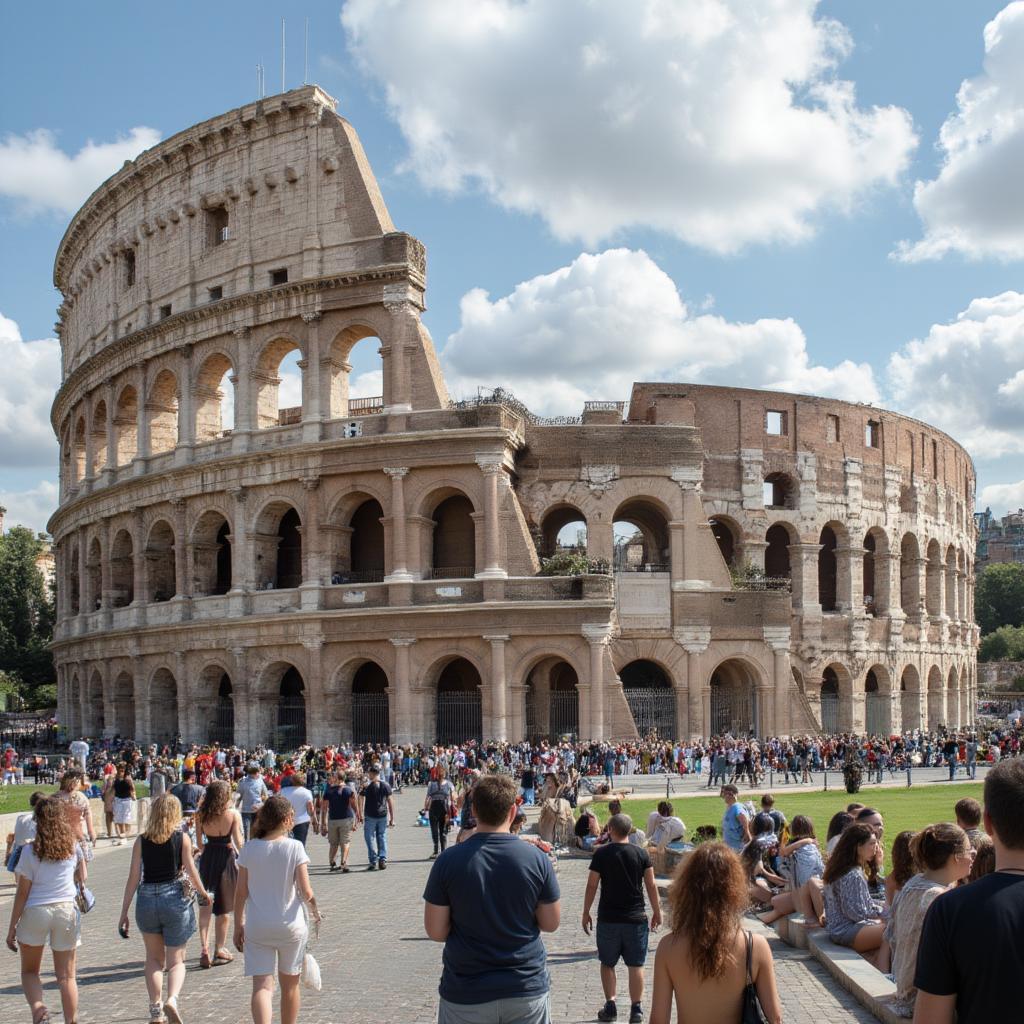
The Importance of Preservation
While we marvel at the accomplishments of the past, we must not forget the importance of preserving these sites for future generations. The 7 wonders of the world project also serves as a reminder of our shared responsibility to protect these cultural treasures. Many of these sites face threats from environmental factors, tourism, and even conflicts.
- Support conservation efforts: Look for organizations dedicated to preserving these sites.
- Travel responsibly: If you visit the sites, be mindful of your impact.
- Educate others: Sharing information about the importance of these sites and the challenges they face can inspire action.
- Promote sustainable practices: Support organizations that work to lessen the impact of tourism on these precious locations.
Exploring these wonders, both ancient and new, connects us with the vast and varied story of humanity. The 7 wonders of the world project is not just a list of buildings, but a narrative about who we are, where we’ve come from, and what we’re capable of achieving.
Conclusion: A Journey Through Time and Culture
Ultimately, the 7 wonders of the world project represents a profound exploration of human civilization, engineering, and art. From the monumental scale of the Great Pyramid to the elegant beauty of the Taj Mahal, these wonders stand as testament to the ambitions and ingenuity of humankind. Whether you are a history enthusiast, a travel lover, or simply someone with an appreciation for human creativity, exploring these wonders offers a profound and enriching experience. By learning about these wonders, we not only explore other cultures but also discover more about our place in history.

